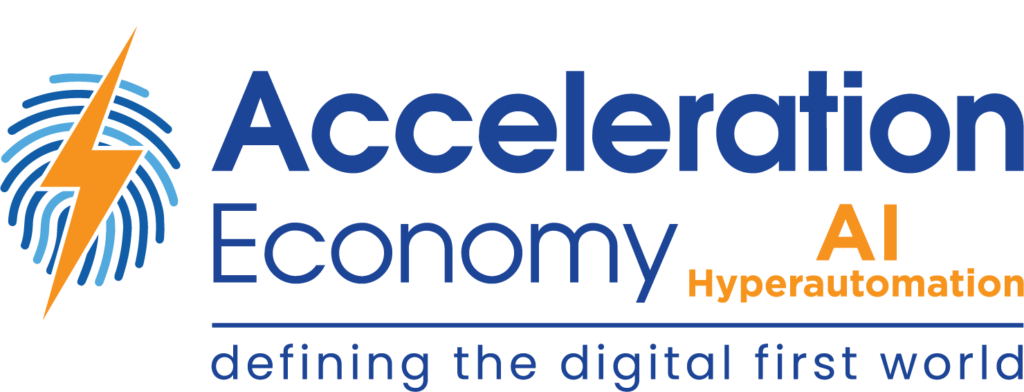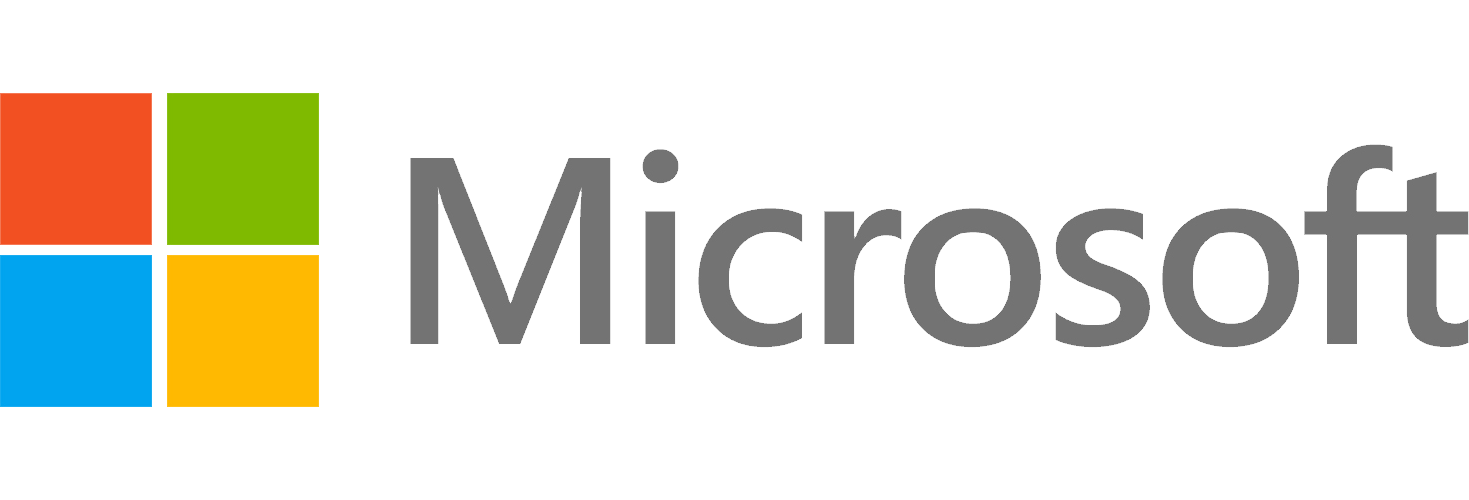In this Acceleration Economy Lightning Strike, Aaron Back, Wayne Sadin, Tom Smith, and Toni Witt host a conversation about Microsoft’s much-discussed potential investment in OpenAI, particularly in its ChatGPT tool.
Highlights
00:10 — While the term artificial intelligence (AI) has been around for a while, this technology has rapidly evolved over the last decade. AI has been infused into many technologies that we use every day, such as phones, tablets, and even cars. With the explosion of AI usage, Microsoft has developed an increasing interest in the technology. The company is looking at a potential $10 billion investment in OpenAI, the creator of the ChatGPT tool, according to published reports, although Microsoft has not confirmed this. If this were to happen, what’s the impact? Is it a wise move?
01:53 — Wayne highlights that OpenAI’s mission is to “ensure that all artificial general intelligence (AGI) benefits all of humanity.” It isn’t typical to see this from a for-profit business. Although Wayne is unsure what the rationale is behind this potential investment, he suggests that Microsoft could be demonstrating its support for the field of AI and natural language processing (NLP).
03:44 — AGI is more of a sentient type of AI, more self-aware AI, Aaron explains, and there’s quite a ways to go before that materializes. “We’re still just in the AI era, not the AGI era,” he adds. With this in mind, as OpenAI is focused more on AGI, what would Microsoft really be investing in? What will the practical use cases of AGI be?
04:36 — Much of the buzz around ChatGPT is consumer-oriented. Tom raises the idea that if Microsoft does invest in this organization and its technology, it would give additional credibility to enterprise use cases. As an example of a worthy enterprise use case, Tom shares the plans of a recently profiled company, Gong, that has AI-based software built to help customers gain visibility into their sales pipelines, deal execution, revenue, and outlooks. Gong aims to use generative AI, based on some of the GPT technology, in a sales context. Involvement by, and suppot from, Microsoft with this technology could enable more use cases like this.
08:04 — Aaron emphasizes Tom’s point that a lot of the buzz is coming from the consumer side. Additionally, he has seen Chrome extensions already built for this. In the enterprise, Aaron sees the use of this in the context of the Dynamics 365 suite, such as with CRM and ERP applications, as well as across different industries. What’s the long-term impact of this potential investment? How will this broaden the role and evolution of AI?
09:33 — ChatGPT is designed to be consumer-facing. OpenAI’s image integration tool, DALL-E, has already been integrated into Bing, so ChatGPT would be the next step. However, Toni explains how, from an economic perspective, ChatGPT is relatively unscalable. He references a tweet from OpenAI CEO Sam Altman about how every answer given on ChatGPT costs between 10 to 100 times more than a Google search. For instance, when considered in context of Google’s 8.5 billion daily searches, it would result in a cost of $425 million per day to run ChatGPT at that scale. Because of this, he suggests that while ChatGPT works in terms of being consumer-facing, it’s not quite ready to support enterprise applications.
12:33 — There are very powerful corporate applications of AI, Wayne notes. For example, in having an NLP tool to assist someone whose hands are very busy, such as warehouse workers and truck drivers, to interact with the backend database, AI then becomes augmented intelligence rather than artificial, as it’s becoming your memory and pattern recognizer. “A decent natural language tool tied to the properly trained model can be a terrific thing in the corporate world.”
13:38 — Wayne also references a tweet from Sam Altman saying, “ChatGPT is incredibly limited, but good enough at some things to create a misleading impression of greatness. It’s a mistake to be relying on it for anything important right now. It’s a preview of progress; we have lots of work to do on robustness and truthfulness.” Wayne focuses on the “truthfulness” with this technology and questions how to ensure the training model generates the best outcome. There needs to be more sensitivity to the societal impacts of AI.
14:46 — Aaron has previously covered bias and ethical AI. How do we ensure there isn’t bias towards companies or people within an AI model? Where is the source data being pulled from to produce AI results? Aaron points out that there are ethical standards factors that will need to be addressed with this investment.
16:26 — Approaching this with a realistic perspective, Tom acknowledges that ChatGPT currently has a narrow vocabulary and limited functionality. While there are exciting use cases for the enterprise and individuals, it’s not quite ready for primetime applications. With all the feedback being provided, there is potential for strong advances with this technology. “Time will tell whether Microsoft is really going to invest in this company and in this technology.”
17:29 — Toni calls out a fundamental tension being illustrated. On one hand, there’s a profit motive, the need for commercialization, and turning OpenAI tools into products that can drive revenue. On the other hand, there’s the mission to create AGI and ethical AI systems for all of humanity. The development of these increasingly powerful systems requires enormous compute resources that only companies like Microsoft hold. Toni is curious to see how they find a balance between these missions.
Looking for real-world insights into artificial intelligence and hyperautomation? Subscribe to the AI and Hyperautomation channel:









